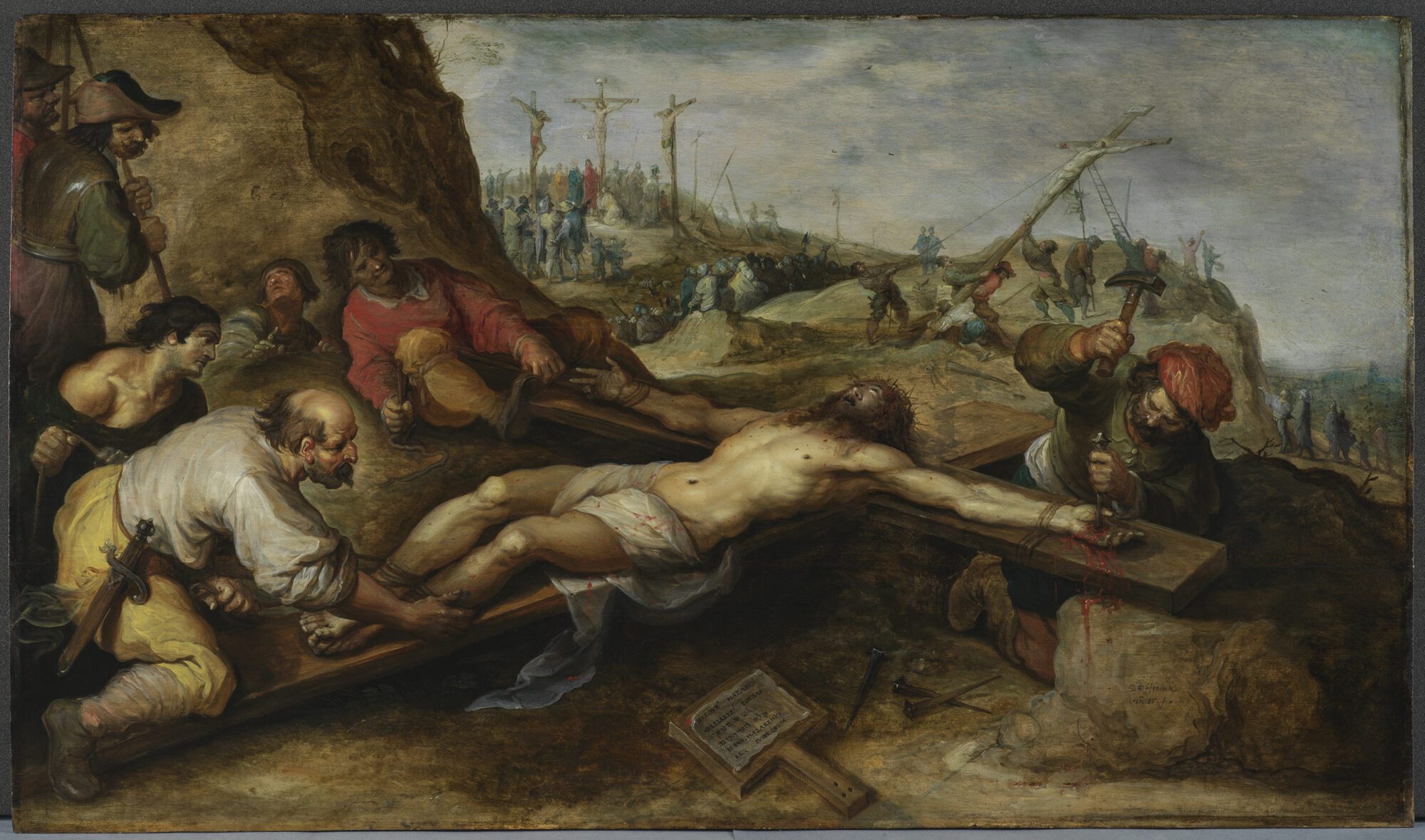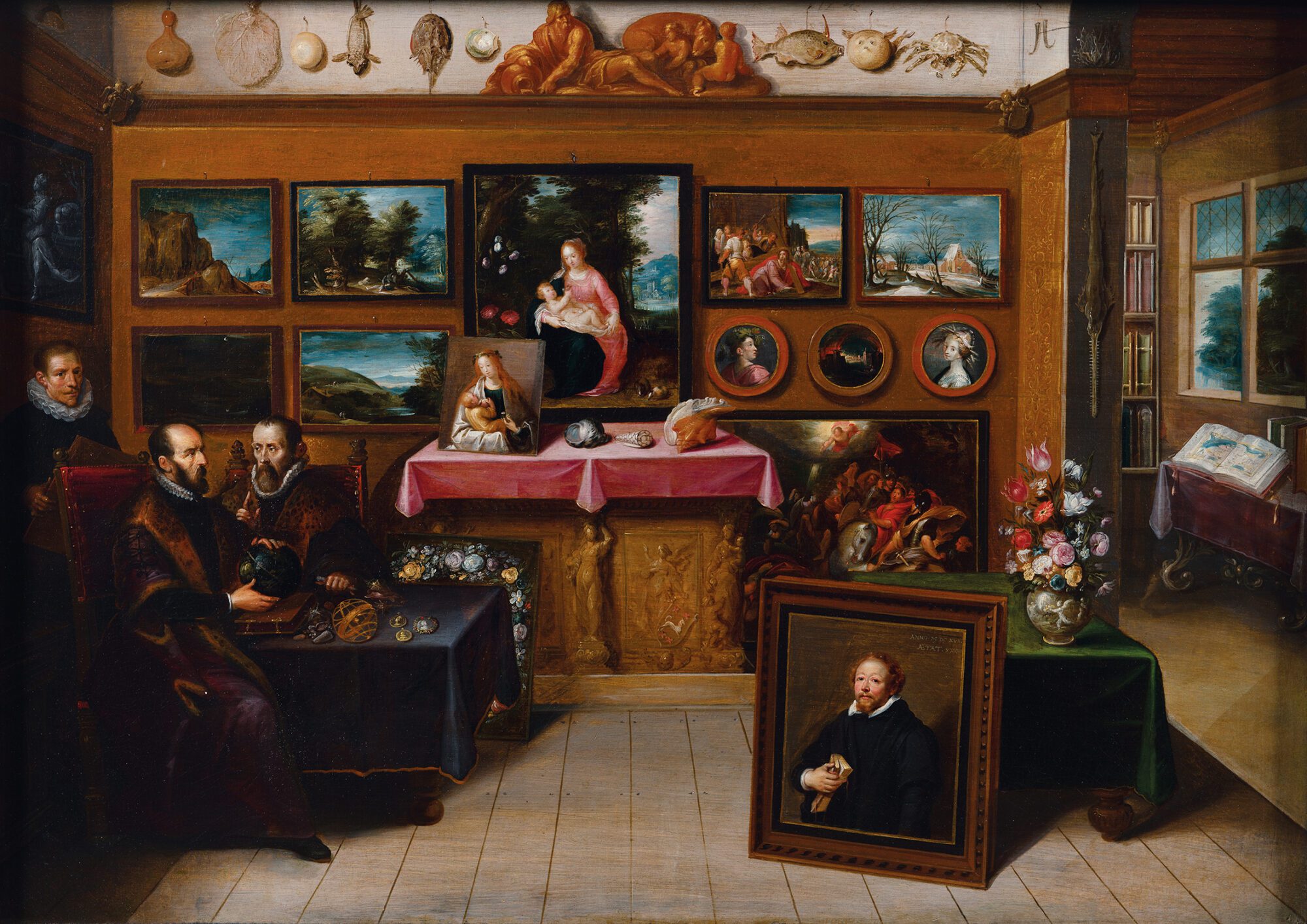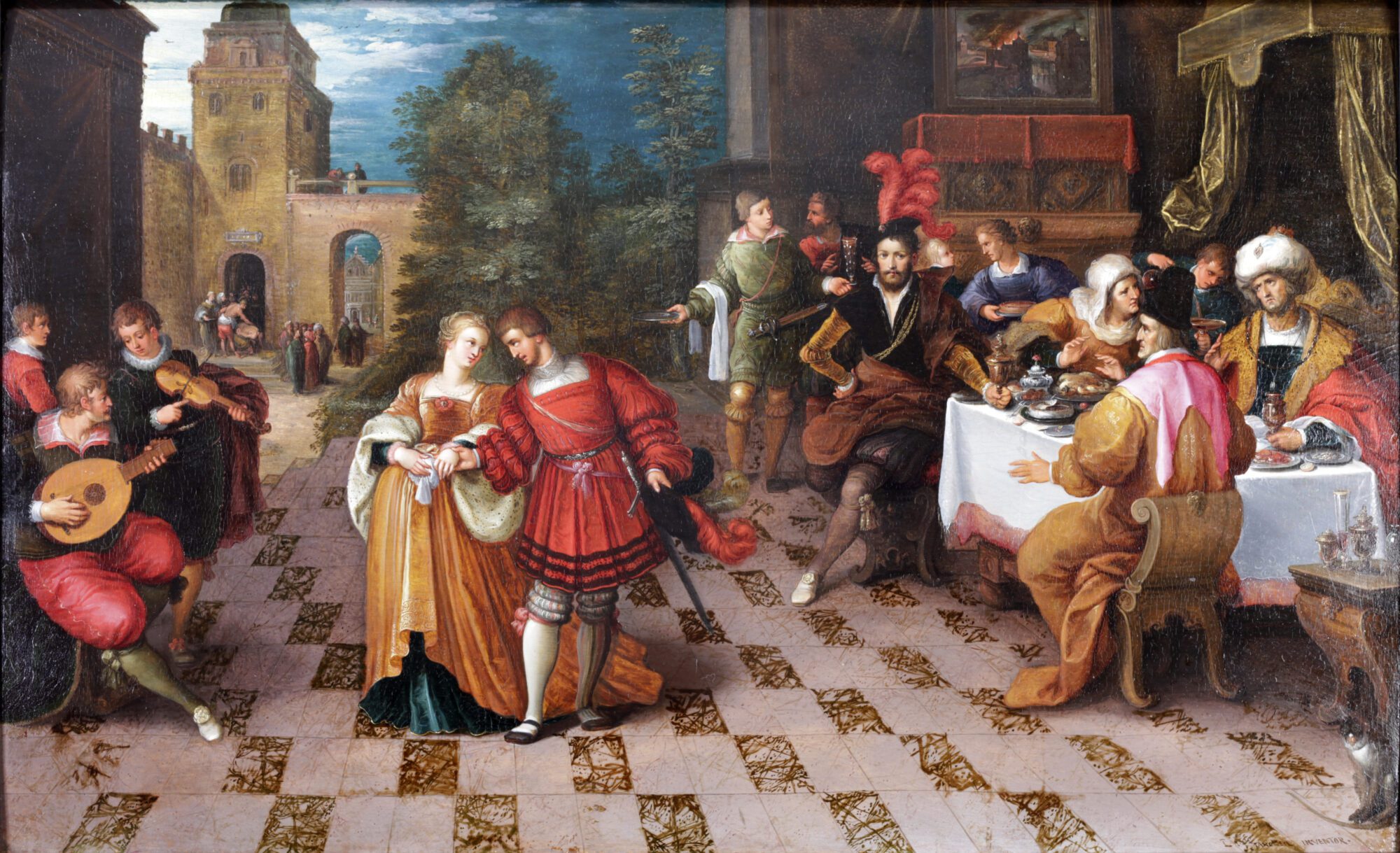The Francken Dynasty
Today a name stands out from the Frankish dynasty, that of Frans Francken the Younger (1581-1642) considered to be an outstanding artist. This contemporary of Rubens is distinguished by his unique, refined style, by the diversity of subjects he tackled and by his prolific output which flooded the Antwerp market. Trained by his father Frans the Elder, a renowned religious painter, he asserted his personality and taste for learning very early on: his works include multiple references to history and literature, and even esoteric sources. His fine artworks responded to the demands of the bourgeois wishing to demonstrate their knowledge: his success was immediate. A studio was then set up, a real commercial enterprise which called on famous collaborators from time to time such as Jan Brueghel and who also employed his brothers and sons.

In Flanders, the mode of apprenticeship based on the medieval tradition of craft guilds encouraged artistic filiation. So, the Francken dynasty is a story of several generations of artists united by blood ties and a common expertise. Although Frans Francken the Elder and Ambrosius Francken I revealed their talent through spectacular religious triptychs, Hieronymus Francken I rose to the prestigious position of painter to the King of France. Each followed their own path based on the proposals received and their inclinations, while benefiting from a brand, the Francken brand.

From 04/09 to 02/01/2022, you can discover the Franckens at Musée de Flandre in Cassel (France) and admire three extraordinary works of art from The Phoebus Foundation. Click here for more info.
